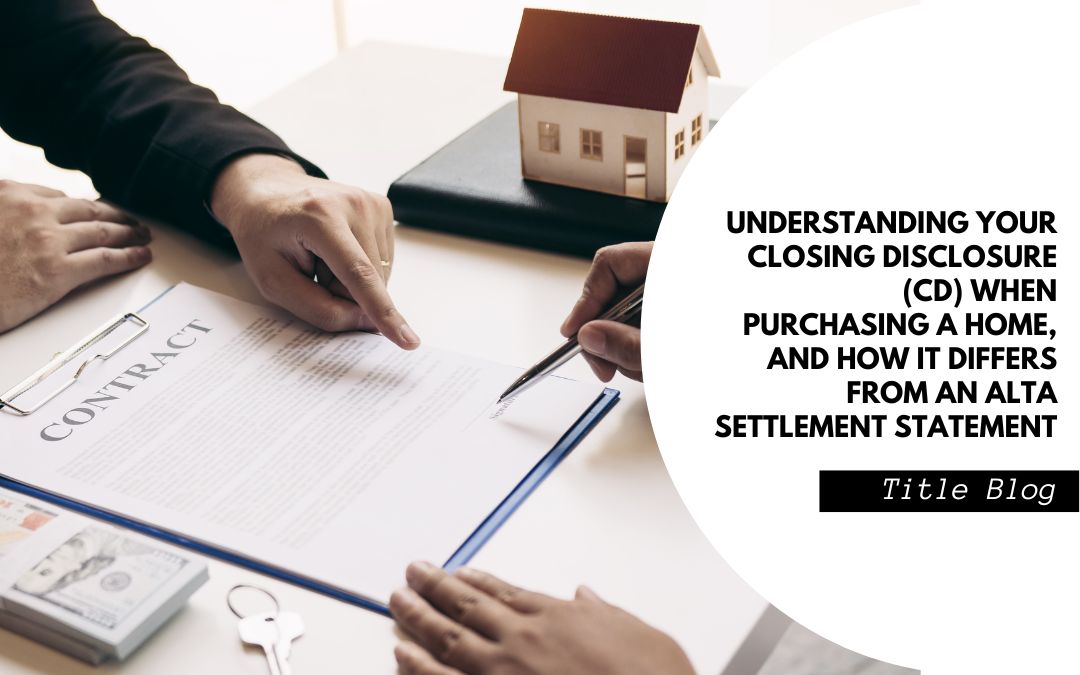A closing disclosure statement is a document that outlines all of the financial details of your home purchase.
What is included in a closing disclosure statement?
This document is extremely important, as it lists all the charges that you will be responsible for. It’s important to understand what is included in this statement, so you can be prepared for the cost of purchasing a home.
It includes summary of the loan terms, your monthly payment, and the estimated costs of taxes and insurance.
The closing disclosure also confirms your understanding of the loan and your decision to proceed with the mortgage. It includes information about the purchase price, the loan amount, the interest rate, and the estimated monthly payments.
In addition, it also includes a breakdown of the closing costs, including the mortgage broker’s fees, title insurance, and taxes.
How is the closing disclosure statement prepared?
The closing disclosure statement is a document that is prepared by the title insurance, escrow company, settlement services provider, or real estate attorney (depending on your state) and provides a detailed breakdown of the funds being transferred at closing.
The closing disclosure statement is typically provided to the buyer within three business days of closing per a new regulation in 2015. This is called TRID’s 3 day rule.
The closing disclosure statement is an important document that allows the borrower to compare the charges and credits he or she will be paying at closing with those that were disclosed on the loan estimate. If there are any changes between the loan estimate and the closing disclosure statement, the borrower should bring this to the attention of their lender or real estate agent.
What Is Not Included in a Closing Disclosure?
Your closing disclosure statement is a document that outlines the final terms of your home purchase. It lists the property’s sale price, your closing costs, and the amount of money you’re borrowing to buy the home. It also includes other important information about the purchase, such as the interest rate on your mortgage and when your first payment is due.
There are some things that are not included in a closing disclosure statement. For example, the statement does not include your down payment amount or the amount of money you’re earning from the sale of your old home. It also doesn’t list any penalties you may incur for late payments or early termination of your mortgage.
How to Read a Closing Disclosure
When you are buying a home, you will receive a closing disclosure statement that details the terms of the sale. It is important to understand what is in this document so that you can make an informed decision about whether to go ahead with the purchase.
Because the closing disclosure statement lists all of the fees and expenses associated with the purchase of the home, you should review this statement carefully to make sure that everything is accurate.
If you have any questions about the closing disclosure statement, be sure to ask your title agent or lender. They can help you understand what everything means and what you need to do to finalize the purchase of your home.
As stated above, the closing disclosure statement is important to review carefully before closing on your home. If you have any questions about any of the information in the statement, be sure to ask your real estate agent or mortgage broker. The closing disclosure statement is a legally binding document, so it’s important to understand everything in it before signing.

